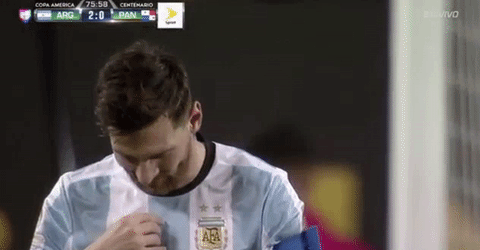Pope Emeritus Benedict XVI, who served as head of the Roman Catholic church from 2005 until his surprise resignation in 2013, has died and his passing has fueled renewed debates about several newsworthy trends in the modern Catholic Church.
The scholarly Benedict, a former theology professor, was known for his writings and defense of traditional values to counter the increased secularization of the West. Benedict’s death at age 95 was announced by the Vatican. Pope Francis will preside over the funeral Mass on Jan. 5 at St. Peter’s Square.
Benedict XVI broke several records during his papacy, including being the first pontiff to have a Twitter account. In recent years, however, press coverage stressed his resignation from the papacy.
On February 11, 2013, the Vatican confirmed that Benedict XVI would resign at the end of that month as he neared his 86th birthday, becoming the first pope to step down since Gregory XII in 1415. His resignation ushered in the papacy of Francis, leaving Catholics around the world to grapple with the idea of two living pontiffs. In September 2020, Benedict became the longest-living pontiff — at 93 years, four months and 16 days — surpassing Pope Leo XIII, who died in 1903.
As for Benedict’s legacy, it remains mixed and complex. In the press coverage, it is crucial to note how journalists handle his childhood in Nazi Germany, his move from German liberalism to conservative thinking on doctrine and his public and private actions when handling church scandals.
Vatican observer John L. Allen, in a piece for the National Catholic Reporter in 2013, wrote:
“A legacy, of course, is partially in the eye of the beholder. For many feminists, gays, dissident theologians, liberal Catholics of various stripes, and victims of clerical abuse, Benedict simply wasn’t the pope they wanted. Others will be inclined to celebrate Benedict not so much for what he did, but what he represented. …
“For his part, Benedict probably won't be terribly interested in the discussion. He is, after all, a man who once joked to a French friend after the Paris papers had been hard on one of his speeches, ‘I’m like the cellist Rostropovich — I never read the critics.’”
A voracious writer and theologian, Benedict penned 66 books during his lifetime. Among the most notable are “Introduction to Christianity” (1968), “Called to Communion: Understanding the Church Today” (1996) and “Last Testament: In His Own Words” (2016). He also wrote a trilogy of popular books — written for the laity — on the life of Jesus. The Vatican has reported that his final words were: “Jesus, I love you.”










